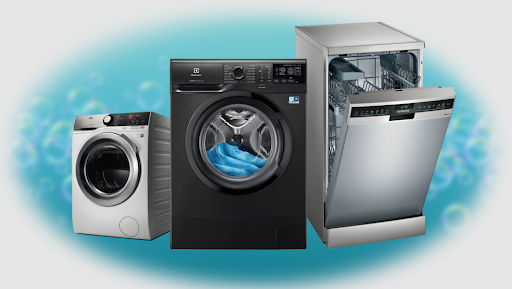Terms You Should Know
A safety device known as a circuit breaker is an electrical switch. A circuit breaker prevents electrical harm from overloading or short circuits.
A tiny tube used as a metering device is called a capillary tube. Fluid travelling via capillary tubes encounters a controlled degree of resistance. They regulate the refrigerant flow in sealed systems used in a variety of appliances, including air conditioners, dehumidifiers, freezers, and refrigerators.
Refrigerator, dryer, oven, and dishwasher doors are sealed with flexible material known as door gaskets. Door gaskets, often known as seals, offer an airtight or water-proof seal.
Gas valves regulate the flow of gases like oxygen, natural gas, and liquid petroleum. They come in a range of metal and plastic materials that work with pressure.
Water heaters, furnaces, gas stoves, and dryers all include gas valves that function as combined pressure regulators.
Original Equipment Manufacturer, or OEM, is the acronym for parts. Appliance replacement components are called OEM parts. The phrase distinguishes between aftermarket replacement components and replacement parts provided by the original appliance maker.
The refrigeration process takes place in a sealed system. The complete refrigeration process, including the compressor, evaporator, condenser, filter, tubing, and other appliance elements, is known as a sealed system, also known as a cooling system.
The pressure in an electrical circuit is known as voltage. Voltage, which expresses the difference in static charges between two locations, is measured in volts. Electrical current increases with increasing voltage in an electrical circuit.
Understanding your household appliances is made much easier with the help of these terminologies. Reading the instructions and warranties for your household appliances is also a fantastic place to start. You can extend the lifespan of your household appliances by becoming familiar with them and learning how to care for them properly.
How to Handle Problems with Home Appliances
The greatest thing for homeowners to know is how to approach home appliance problems, even though mastering technical words might help you get through a chat with your neighbourhood home appliance servicer. There are a few straightforward measures you may take to fix problems with your household appliances.
Ensure that the household equipment is hooked into a wall socket. Make sure the appliance is put up securely, check the power settings, then try turning it on. You’d be shocked at how frequently homeowners discover that their appliance only requires an immediate fix.
Listen. Is a strange noise coming from a home appliance? When they’re broken, fans and motors frequently make a racket.
Inspect. Look for any obvious evidence of damage to the appliance. Examine the seals, valves, and hoses all around you, and note any rips, holes, or other damage you find.
Dial the home appliance repairman in your area. While some common appliance issues have straightforward fixes, others call for substantial effort. Avoid further damage by delaying service or attempting to fix the item yourself.
Take pictures and videos to show your service technician if you’re unclear about how to describe the issues your household appliance is having.


